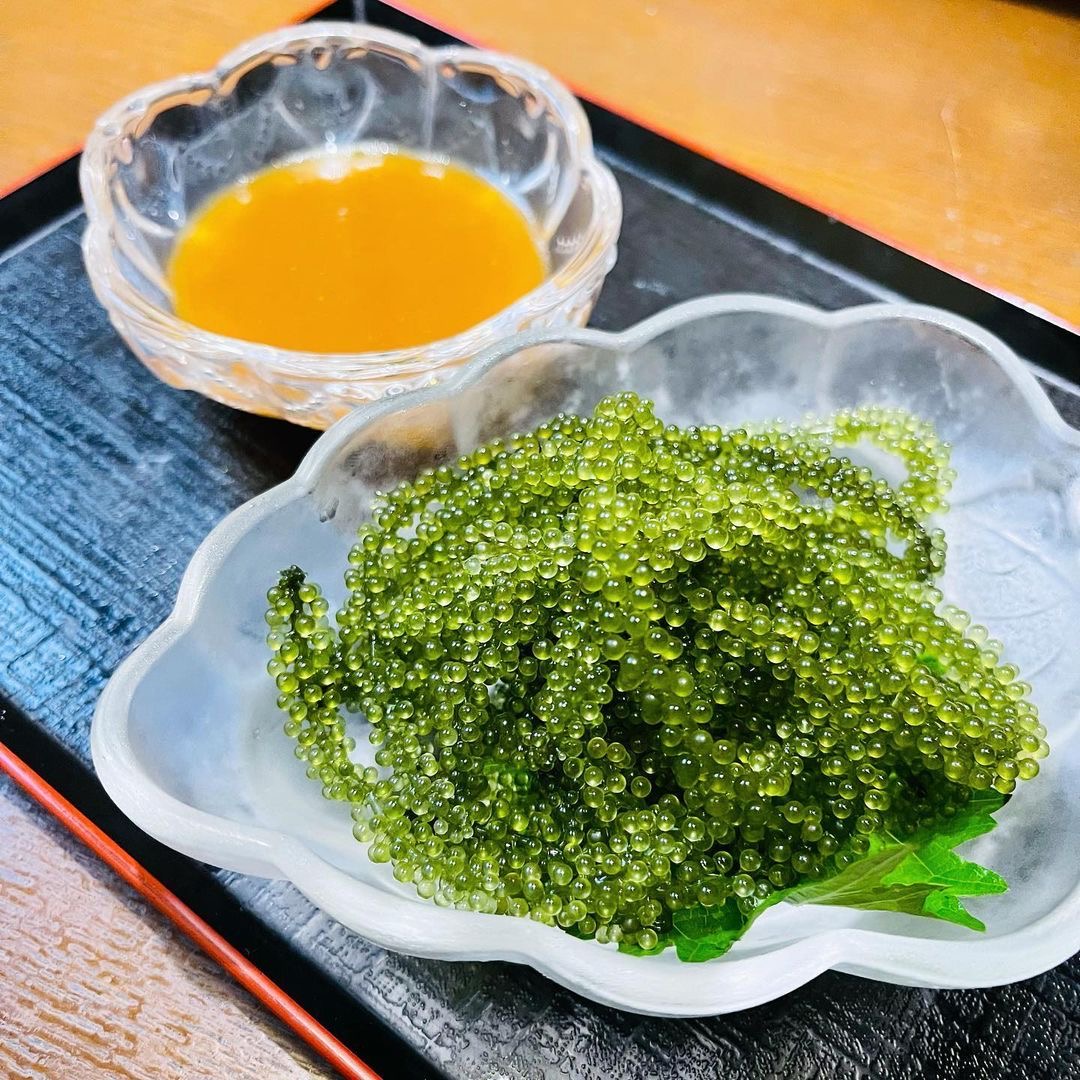
Caviar in Korea: A Growing Tendency
Caviar has for ages been considered as a symbol of luxury, and lately, its acceptance has been growing in Korea. While traditionally taken from American nations like Russia and Iran, Korean people are increasingly seeking out this delicacy, often through imports or local options. High-end eateries, luxurious accommodations, and specialized premium areas are offering caviar on their selections and cabinets, signaling an increasing gratitude for the product. The influx of premium caviar in to Korea has opened new opportunities for connoisseurs and first-time buyers equally, with different kinds getting more accessible. Whether it's Beluga, Osetra, or Sevruga, the Korean industry is now a beluga caviar benefits space for caviar enthusiasts.
Caviar Pricing in Korea: Facets Influencing Price
Caviar pricing in Korea is inspired by several critical facets, including the kind of caviar, their source, and the brand's reputation. Imported caviar is commonly listed higher due to tariffs, transport prices, and the rarity of premium forms such as for instance Beluga or Osetra. Domestically acquired caviar from Korean sturgeon facilities is also available and is often cheaper, although it ranges in quality. Presentation, taste, and sustainability methods can also effect the price. A small container of imported Beluga caviar could cost significantly more than locally procured choices, ranging anywhere from ₩100,000 to ₩500,000 or even more, with regards to the product.
Advanced Caviar Prices: Why the Large Cost?
Premium caviar is notoriously costly because of the extended and delicate method expected to make it. Sturgeon, the primary fish employed for caviar, takes many years to adult before their roe may be harvested. Beluga caviar, particularly, is sourced from the rarest species of sturgeon and is frequently regarded as the absolute most luxurious. The careful handling, processing, and preservation of the roe more raise their price. The advanced forms, especially those imported in to Korea, may vary from ₩200,000 to around ₩1 million per container, with respect to the measurement and grade. This high price shows not just the scarcity of the product but in addition the amount of experience associated with their generation and packaging.
Beluga Caviar: Nutritional Benefits Beyond Luxurious
Though Beluga caviar is known for their magnificent appeal, in addition, it offers numerous health benefits. Full of omega-3 fatty acids, it supports center wellness by reducing inflammation and improving cholesterol levels. Caviar can also be a good source of vitamins A and D, which promote balanced skin, perspective, and resistant function. Its high protein content makes it an ideal choice for those seeking a nutrient-dense addition with their diet. Despite its high price, several health-conscious people in Korea are attracted to Beluga caviar not only because of its taste and texture but in addition because of its nutritional value. The fine, buttery style of Beluga caviar makes it a sought-after selection for premium food enthusiasts.
Caviar Pret: A New Food Experience in Korea
In Korea, some luxury eateries and upscale bars are now supplying a "caviar pret" or caviar-centric menu. That tendency introduces a casual yet lavish way of enjoying caviar. Caviar pret (from the German word "prêt," meaning "ready") generally presents small meals of caviar matched with blinis, toast items, or garnishes like crème fraîche, making a more available experience for people who may possibly not be familiar with how to savor that delicacy. While however regarded reasonably limited providing, caviar pret usually allows diners to trial supreme quality caviar without choosing to the buy of a complete container, making it a favorite trend among young, affluent consumers.
Normal Value of Caviar: What You May Expect to Spend
The common price of caviar in Korea differs significantly depending on the form and origin of the roe. Korean-produced caviar is normally more affordable, with rates starting around ₩70,000 to ₩150,000 for small tins. Imported types, such as European Osetra or Iranian Beluga, tend to be much more expensive. These premium imports could cost everywhere from ₩300,000 to ₩1 million per container, with respect to the rarity and quality. The price also fluctuates predicated on market demand, the taste of the merchandise, and the summer season in that your caviar is harvested. People should anticipate to pay reasonably limited for imported caviar in Korea, but domestically procured options give an even more cost-effective alternative.
How Significantly Does Korean Caviar Price?
Korean caviar, made from locally farmed sturgeon, supplies a more budget-friendly choice for these seeking to savor this delicacy. Generally, Korean caviar expenses between ₩100,000 and ₩300,000 per tin, with respect to the rank and the producer. While not as high priced as imported Beluga or Osetra, Korean caviar is gradually gaining acceptance because of its quality. Korean sturgeon facilities have been improving their breeding and control practices to meet global standards, rendering it a aggressive solution in the international market. That accessibility has served boost the acceptance of caviar within Korea, supplying a regional alternative to the pricier imports.
Why Is Caviar So High priced? Discovering Price Factors
The expense of caviar, specially advanced versions, remains large due to several essential factors. The primary reason is the rarity and slow reproductive charge of sturgeon, the fish that caviar is harvested. Sturgeon will take up to two decades to adult, with just a small number of species ideal for caviar production. Moreover, caviar must be harvested with serious care to make sure the quality of the roe isn't compromised. Rigid regulations surrounding the fishing and farming of sturgeon, particularly for jeopardized species like Beluga, also contribute to the large price. In Korea, the price tag on advanced caviar, specially imports, may rise steeply as a result of transport expenses, tariffs, and luxurious taxes.